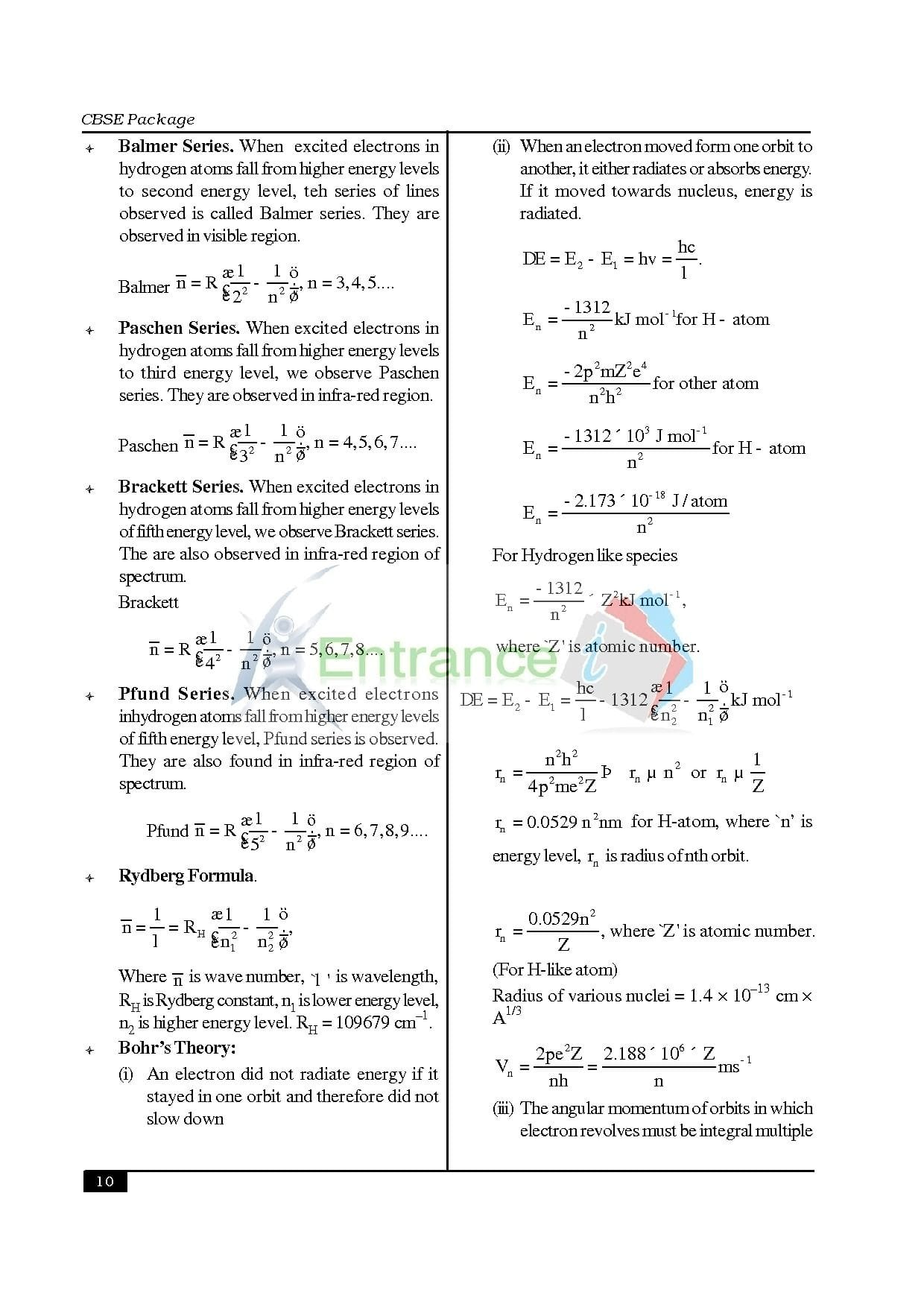This guide unlocks the power of textbook formulas, transforming them from daunting symbols into valuable tools for understanding various disciplines. Whether you’re a student, professional, or simply curious, this guide will equip you with the knowledge and resources to conquer any formula.
Finding and Understanding Essential Formulas
Textbook formulas are your secret weapon for academic and professional success. Mastering them isn’t about rote memorization; it’s about understanding their application and significance. This section will guide you on where to find and how to effectively use these crucial formulas.
Locating Key Formulas
Before diving into applications, let’s explore the best resources for finding the formulas you need:
- Your Textbooks: Your primary source for course-specific formulas. Familiarize yourself with their location and context within the text.
- Formula Sheets: Many exam boards (e.g., AQA, Pearson Edexcel) provide formula sheets for A-Levels and GCSEs. These “legal cheat sheets” list essential exam formulas.
- Handbooks: Comprehensive resources like the Cambridge Handbook of Physics Formulas offer in-depth formula collections, perfect for deeper subject exploration.
- Online Resources: Websites like The Physics Hypertextbook provide readily available formulas, often accompanied by explanations and examples.
- Used Textbooks: A cost-effective way to access valuable formula compilations. Sites like eBay and World of Books are great places to search.
Formulas in Action: Real-World Applications
Formulas aren’t abstract symbols; they represent real-world relationships. Let’s explore their practical applications across diverse fields:
- Physics: From rocket launches (Newton’s laws of motion) to the behavior of electricity and magnetism (Maxwell’s equations), formulas are the bedrock of understanding physical phenomena.
- Mathematics: Solving quadratic equations (quadratic formula) or calculating relationships in right triangles (Pythagorean theorem) hinges on understanding and applying formulas.
- Engineering: Designing sturdy bridges and towering skyscrapers requires structural engineers to apply formulas to calculate forces and ensure stability. Thermodynamics, essential for engine design and heat transfer, also relies heavily on formulas.
- Finance: Financial professionals utilize complex formulas like the Black-Scholes model (option valuation) and the Sharpe ratio (investment risk assessment) to navigate the financial landscape. Discover your perfect match among top-rated financial professionals through our extensive rateview page. Maximize your employee benefits by exploring our in-depth best benefits guide.
Mastering Formulas: Strategies for Success
Memorization is just the first step. True mastery involves understanding the underlying principles and applying formulas effectively.
Effective Learning Techniques
- Practical Application: Work through examples to see how formulas solve real-world problems.
- Organization: Categorize formulas by subject and topic for easy retrieval. Create personalized formula sheets.
- Interactive Learning: Utilize quizzes and online calculators to reinforce understanding and engage with the material.
- Exploration: Explore less common formulas in specialized fields like computer science or biomechanics.
- Mythbusting: Understand common misinterpretations and pitfalls associated with specific formulas.
The Dynamic Nature of Formulas
While many formulas are well-established, research continues to refine our understanding. Some areas remain under active investigation, and formulas may evolve with new discoveries. It’s essential to acknowledge the limits of current knowledge and remain open to new findings.
20 Essential Physics Formulas Every Student Should Know
Physics uses formulas as tools to explain everything from everyday occurrences to the complexities of the cosmos. While countless formulas exist, some are fundamental building blocks. This section explores 20 essential physics formulas, acknowledging that ongoing research may further refine our understanding.
I. Classical Mechanics
- Newton’s Second Law: F = ma (Force equals mass times acceleration)
- Newton’s Law of Universal Gravitation: F = G * (m1 * m2) / r² (Force of gravity between two masses)
- Work-Energy Theorem: W = ΔKE (Work done equals change in kinetic energy)
- Kinetic Energy: KE = ½mv² (Kinetic energy of a moving object)
- Potential Energy (Gravitational): PE = mgh (Potential energy due to gravity)
- Momentum: p = mv (Momentum of a moving object)
- Impulse: J = Δp = FΔt (Change in momentum equals impulse)
II. Thermodynamics
- First Law of Thermodynamics: ΔU = Q – W (Change in internal energy)
- Ideal Gas Law: PV = nRT (Relationship between pressure, volume, temperature, and amount of gas)
III. Electromagnetism
- Coulomb’s Law: F = k * (q1 * q2) / r² (Force between charged particles)
- Ohm’s Law: V = IR (Voltage, current, and resistance relationship)
- Magnetic Force on a Moving Charge: F = qvBsinθ (Force on a moving charge in a magnetic field)
IV. Waves and Optics
- Wave Speed: v = fλ (Wave speed, frequency, and wavelength relationship)
- Snell’s Law (Refraction): n1sinθ1 = n2sinθ2 (Relationship between angles of incidence and refraction)
V. Modern Physics
- Energy-Mass Equivalence: E=mc² (Energy and mass equivalence)
- Planck’s Equation: E = hf (Energy of a photon)
- Time Dilation (Special Relativity): t’ = t / √(1 – v²/c²) (Time dilation)
- Length Contraction (Special Relativity): L’ = L√(1 – v²/c²) (Length contraction)
- De Broglie Wavelength: λ = h/p (Wavelength of a particle)
- Heisenberg Uncertainty Principle: ΔxΔp ≥ h/4π (Uncertainty in position and momentum)
GCSE Maths Equations Provided: Conquer Your Exam with this Essential Formula Guide
Revising for GCSE Maths can be overwhelming, especially when it comes to formulas. This guide clarifies what formulas are provided on the exam formula sheet and which ones you need to memorize, empowering you to approach your exams with confidence.
Exam Board Specifics and Tiered Exams
Remember, different exam boards (AQA, Edexcel, OCR, WJEC) have their own formula sheets. It’s crucial to use the correct one for your exam. Also, the formulas provided differ between Foundation Tier (grades 1-5) and Higher Tier (grades 4-9). Foundation Tier provides basic formulas, while Higher Tier includes additional ones like the quadratic formula.
Key Formulas and What to Memorize
While the formula sheet is helpful, some essential formulas are not provided. You’ll need to memorize these:
- Pythagoras’ Theorem: a² + b² = c²
- Trigonometric Ratios (SOH CAH TOA): sin = opposite/hypotenuse, cos = adjacent/hypotenuse, tan = opposite/adjacent
- Circle Theorems
Maximizing the Formula Sheet
Don’t just recognize formulas; practice applying them! Work through exam-style questions to build your understanding and confidence.
What Are Formulas Used For? Real-World Applications & Examples
Formulas, concise expressions of relationships between quantities, are essential tools for calculation and problem-solving across various fields.
Defining and Utilizing Formulas
A formula represents a consistent relationship between variables, allowing for predictable calculations. They differ from equations, which might only be true for specific values. Formulas calculate values, model phenomena, and solve practical problems.
Types and Components of Formulas
Formulas can be categorized by application: physics, mathematics, finance, and everyday life. They consist of variables, constants, operators, and functions.
Using Formulas: A Step-by-Step Guide
- Identify Variables: Determine the relevant quantities.
- Substitute Values: Plug in known values, paying attention to units.
- Perform Calculations: Follow the operations in the formula.
- Interpret the Result: Understand the answer’s meaning and limitations.
Formulas in Action: Real-world Examples
- Science: Newton’s second law (F=ma) in physics, ideal gas law (PV=nRT) in chemistry.
- Engineering: Stress calculations in structural engineering, Ohm’s law (V=IR) in electrical engineering.
- Finance: Compound interest calculations.
- Everyday Life: Converting recipes, calculating travel distances.
The Nuances of Formulas
Formulas often represent simplified models of reality. Understanding their limitations and underlying assumptions is crucial for accurate interpretation. Ongoing research can refine or revise existing formulas, reflecting the dynamic nature of scientific knowledge.

















1 thought on “The Ultimate Guide to Using Textbook Formulas: Practical Applications Across Diverse Disciplines”
Comments are closed.